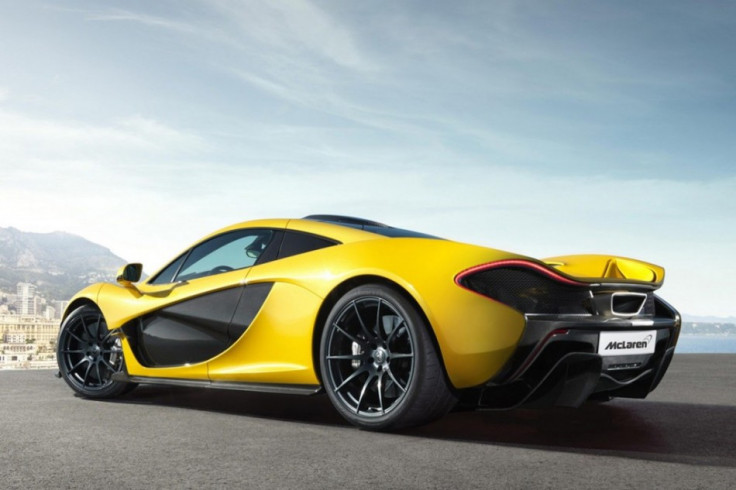Ferrari and McLaren Adopt F1 Technology for Greener Road Cars
Geneva Motor Show 2013
Two decades ago fitting flagship supercars from Ferrari and McLaren with electric motors to save on emissions would have been laughed out of the boardroom, but in 2013 the 83rd Geneva Motor Show has seen exactly that.

McLaren was first to blink, revealing more about the £866,000 P1 gradually over recent months until taking the wraps off the finished production model this week. Over in the red corner, Ferrari kept everyone guessing until the show itself when the awkwardly named LaFerrari was unveiled, complete with £1m price tag.
Both cars produce in excess of 900bhp, both accelerate from 0-60mph in less than three seconds and both claim to be the 'ultimate driver's car', but it is their use of electric power that is most interesting.
Borrowing heavily from technology used in their respective Formula One teams, both cars carry battery packs and electric motors capable of producing around 170bhp - or about the same as a top-of-the-range Mini Cooper - to supplement the petrol engine.
The heavy battery packs are mounted centrally and low down to help improve the cars' centre of gravity and are charged when the driver decelerates.
The LaFerrari's battery is charged through regenerative braking - torque taken from the engine when the driver is braking or off throttle - and whenever the engine produces more torque than is required.

By contrast, the McLaren P1's twin-turbo V8 engine turns into a power generator when the driver is not using the throttle, replenishing the battery pack.
Uniquely, the McLaren is able to use its battery for fully-electric driving. Although this is limited to a range of about 12 miles at low speeds, it means the P1 can pass as a zero-emissions car in city centres, saving on the London congestion charge and reducing road tax.
Ferrari has said that its car can be configured to run fully on battery power if the buyer requests it, but don't be surprised to see the £1,040,000 basic price increase as a result.
Inevitable
It was inevitable that supercar manufacturers would have to invest in green technologies eventually, but as Formula One has done the same for the last four years with Kers (kinetic energy recovery system) the transition from petrol to hybrid power has been an easier one that it would have been just five years ago.
Not only does adding electric power decrease the cars' emissions, it also helps to boost performance, as electric motors produce maximum power and torque much more quickly than a regular petrol engine.
In the case of the turbocharged McLaren - where turbo lag, no matter how small, will always exist - the battery pack can help to eradicate this slight pause in power delivery.
Combined output from the Ferrari is claimed to be 950bhp, with 161 provided by the battery pack, while the McLaren is slightly down at 903bhp combined and 176 from electricity alone.
Ferrari will build 499 of the LaFerrari, with deliveries expecting to start in the autumn, while Woking-based McLaren will produce 375 of the P1 - down from 500 after potential customers demanded increased exclusivity - and deliveries will start later this year.
© Copyright IBTimes 2024. All rights reserved.







